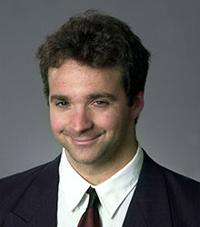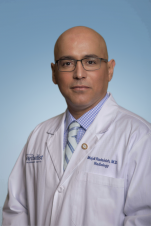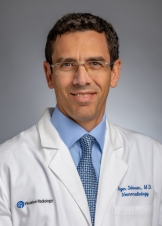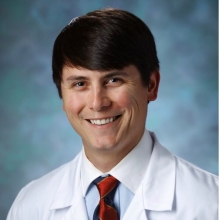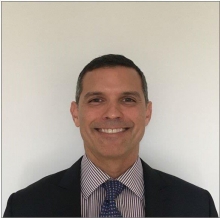Sacroplasty for sacral fractures
Patient-Centered Care You Can Trust
Our Locations
Houston Radiology Associated has
000 Locations
- The Methodist Hospital-Texas Medical Center
- Methodist Hospital OPC
- Houston Methodist Sugar Land
- Houston Methodist Willowbrook
- Houston Methodist West Houston
- I-10 Methodist Imaging Center
- Emergency Care Center-Kirby
- Emergency Care Center-Voss
- Emergency Care Center-Pearland
- Houston Methodist Continuing Care Hospital
- Emergency Care Center-Sienna Plantation
- Houston Methodist Clear Lake Hospital
- Houston Methodist The Woodlands Hospital
- Houston Methodist Baytown Hospital
- Comprehensive Care Center - Pearland
- Comprehensive Care Center - Conroe
- Emergency Care Center - Deer Park
- Houston Methodist Cypress Hospital
- Comprehensive Care Center - Aliana
- Comprehensive Care Center - Creekside
- Comprehensive Care Center - Kings Harbor
- Emergency Care Center - Cinco Ranch
- Emergency Care Center - Cypress
- Emergency Care Center - League City
- Emergency Care Center - Magnolia
- Emergency Care Center - Spring
- Emergency Care Center - Woodlands


